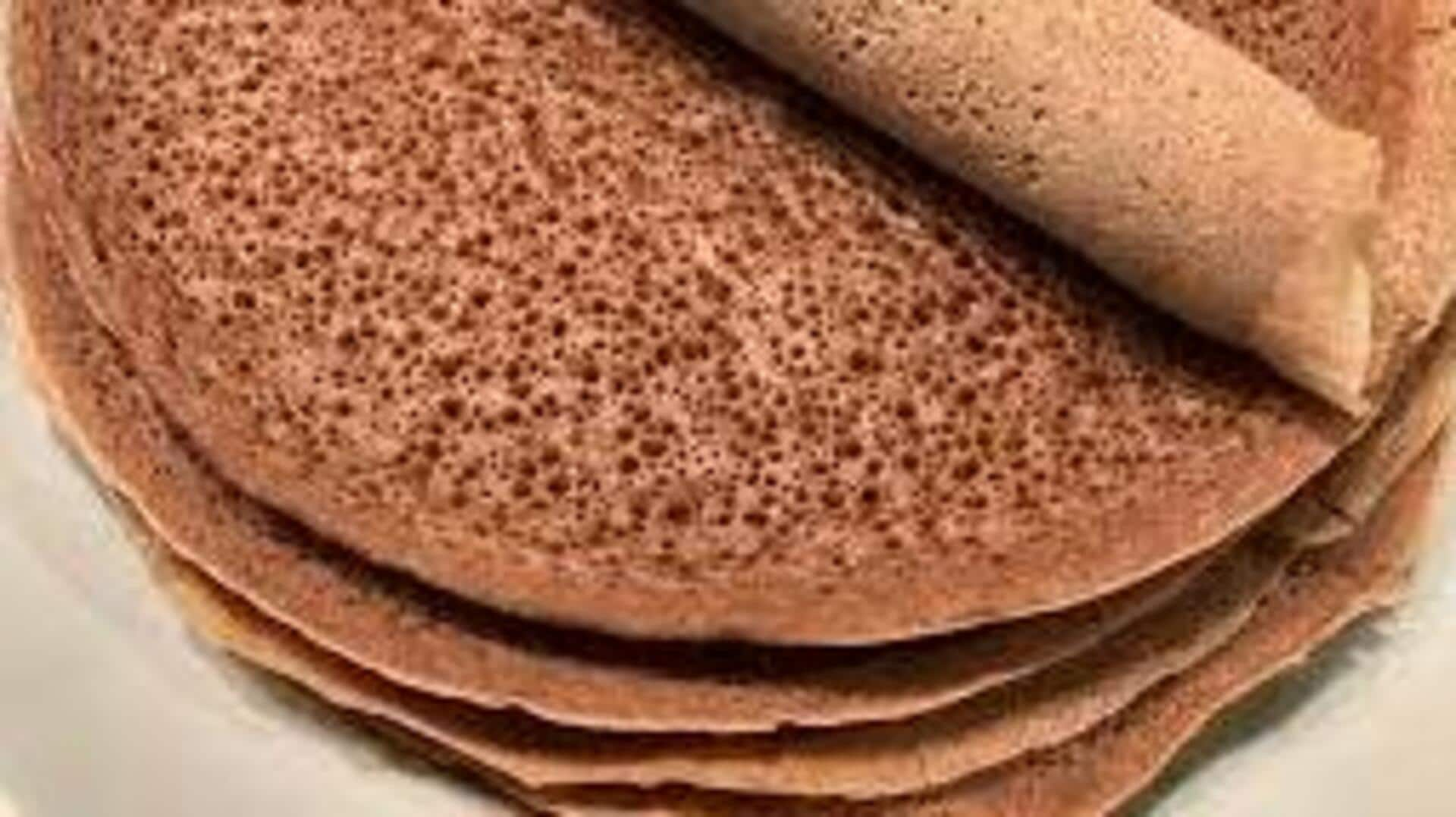
Essential grains for authentic Ethiopian injera
What's the story
Injera, the national dish of Ethiopia, is a sourdough-risen flatbread with a unique, slightly spongy texture. Traditionally made from teff flour, it is more than just a dish—it's a utensil in Ethiopian dining. This article delves into the crucial grains required to create authentic injera, focusing on their unique characteristics and how they contribute to the bread's distinctive flavor and texture.
Teff flour
Teff: The foundation of injera
Teff is a minuscule grain originating from Ethiopia and Eritrea, and is highly prized for its nutritional advantages and gluten-free nature. It's the key ingredient in injera, imparting its signature earthy taste and stretchy texture. Teff flour is available in a range of colors, from white to red to dark brown. The darker the flour, the more robust the flavor of the injera will be.
Flour mix
Mixing flours for texture variation
While pure teff is essential for traditional injera, bakers frequently blend it with other flours to modify the texture or address availability constraints. Barley and sorghum flours are popular choices, each adding unique flavors and stabilizing the batter. A common ratio would be 70% teff flour and 30% barley or sorghum flour.
Fermentation process
Fermentation: Key to authenticity
The fermentation process is key to getting injera's signature sour flavor just right. This process typically takes two to three days, depending on environmental conditions such as temperature. During fermentation, wild yeasts in the teff flour and bacteria in the air work together to produce lactic acid, which is what gives injera its delicious tang.
Cooking method
Cooking techniques matter
To cook injera, you need a large clay plate or a mitad. The batter is poured onto the heated surface in a circular motion, starting from outside going towards center. This ensures an even thickness across the injera. The heat should be medium-high, and the injera is cooked only on one side. The steam bubbles that form create the injera's characteristic spongy texture.
Serving suggestions
Final touches for serving
Injera serves a dual purpose: it is not only the bread but also the eating utensil. Diners tear off pieces by hand and use them to scoop up the stews (wats) or salads served atop it on communal platters. This way, injera elevates the dining experience by facilitating shared meals, fostering a sense of community among diners.